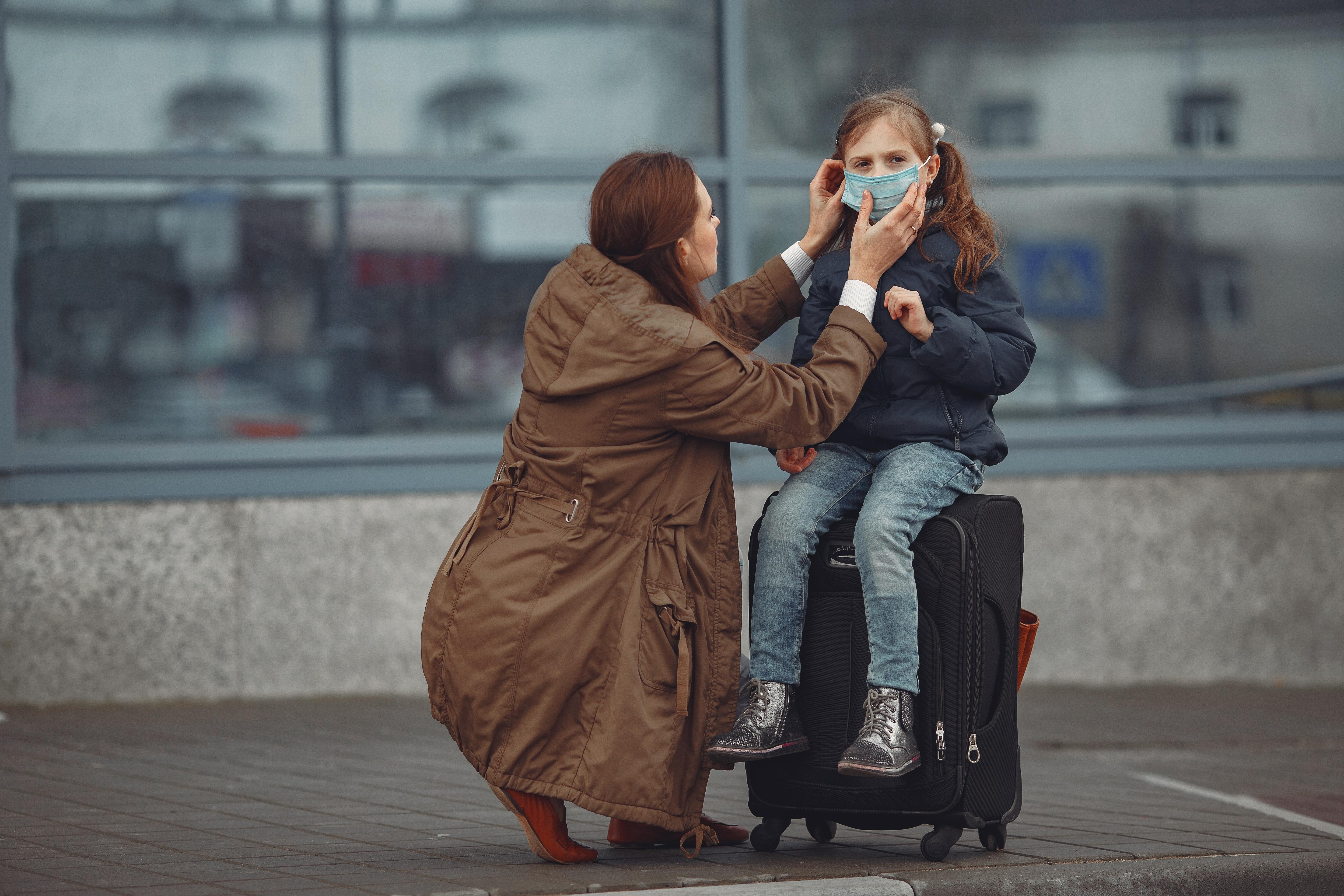Getting sick right before a long-awaited trip is never easy—especially with something as contagious as chickenpox. Whether it’s you or your child showing symptoms, that itchy rash can bring your travel plans to a halt. Before you panic or rush to the airport, here’s what you need to know if you're wondering whether you can fly with chickenpox.
Understanding the Virus and Its Impact on Travel
Chickenpox is caused by the varicella-zoster virus and spreads through direct contact or airborne transmission. It’s most contagious from one to two days before the rash appears until every blister has fully crusted over—a period that typically lasts five to seven days.
During this time, flying isn’t just uncomfortable—it can be dangerous for others around you. That’s why airlines are strict when it comes to passengers showing signs of contagious illness.
Can You Fly With Chickenpox?
If you're still contagious, most airlines won’t allow you to board. Visible rashes or open blisters are red flags for airline staff, and you may be denied boarding at the gate. To travel safely and without disruption, it’s essential to wait until your symptoms are no longer a threat to others.
Some airlines may require a fit-to-fly certificate from a doctor, confirming that you’re no longer infectious. Policies vary, but many major carriers—including British Airways and EasyJet—recommend waiting at least six to seven days after the final rash appears before flying.
Steps to Take Before Traveling
-
See a doctor as soon as symptoms appear. Get a proper diagnosis and ask for documentation once you’re cleared to fly.
-
Call your airline immediately to discuss your options. Many carriers are flexible with medical cases, especially with supporting paperwork.
-
Review your travel insurance. If you’ve included illness coverage, you may be able to change your itinerary without major costs.
-
Avoid public areas until you’re no longer contagious. This protects not only fellow travelers but airport and airline staff too.
When It’s Safe to Travel Again
Once all blisters have crusted over and your doctor gives you the green light, you're usually safe to resume travel. Still, it’s smart to carry medical documentation in case an airline requests proof at check-in or boarding.
Conclusion
A chickenpox diagnosis before travel may delay your plans, but it doesn’t mean they’re over. With a little extra patience and communication, you can still make your trip happen—safely and responsibly. If you’re still unsure whether you can fly with chickenpox, talk to your doctor and your airline first. That way, you’ll avoid complications and help keep everyone healthier in the skies.



